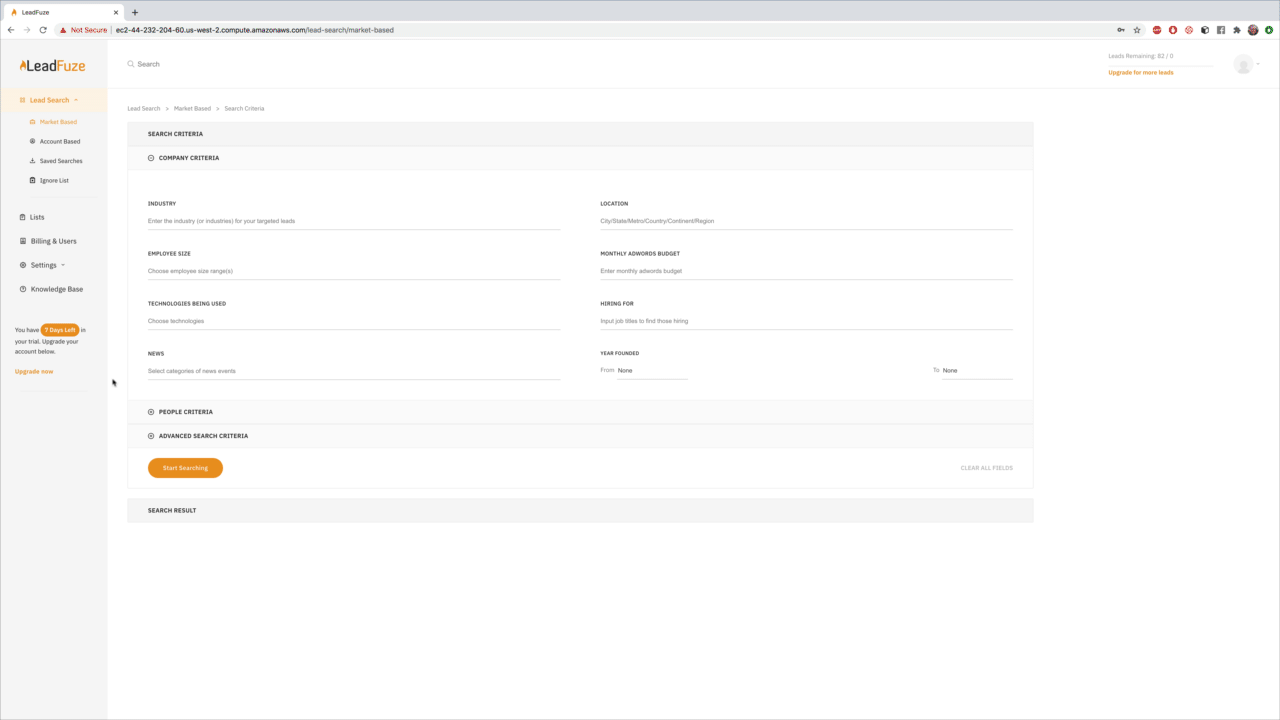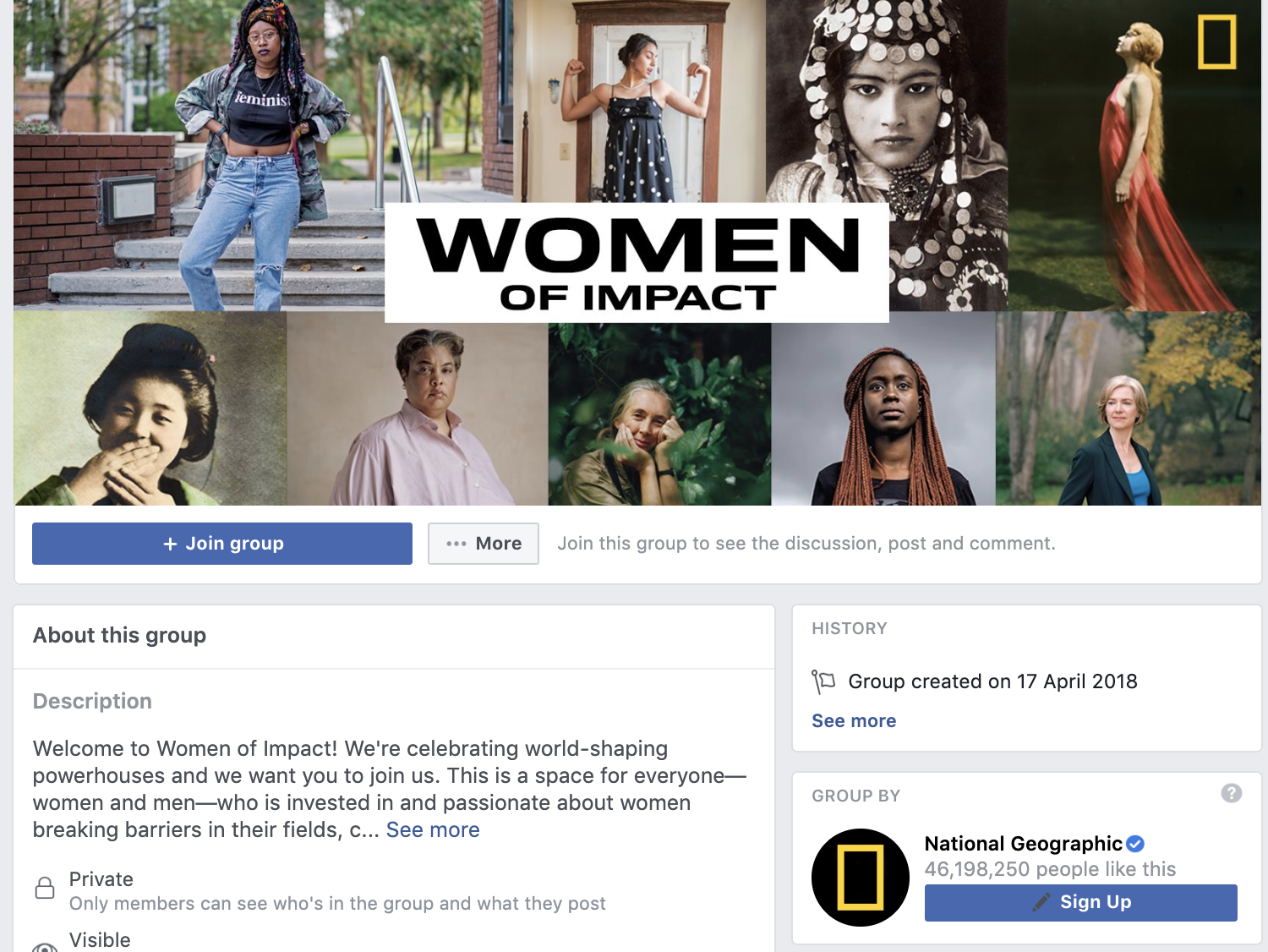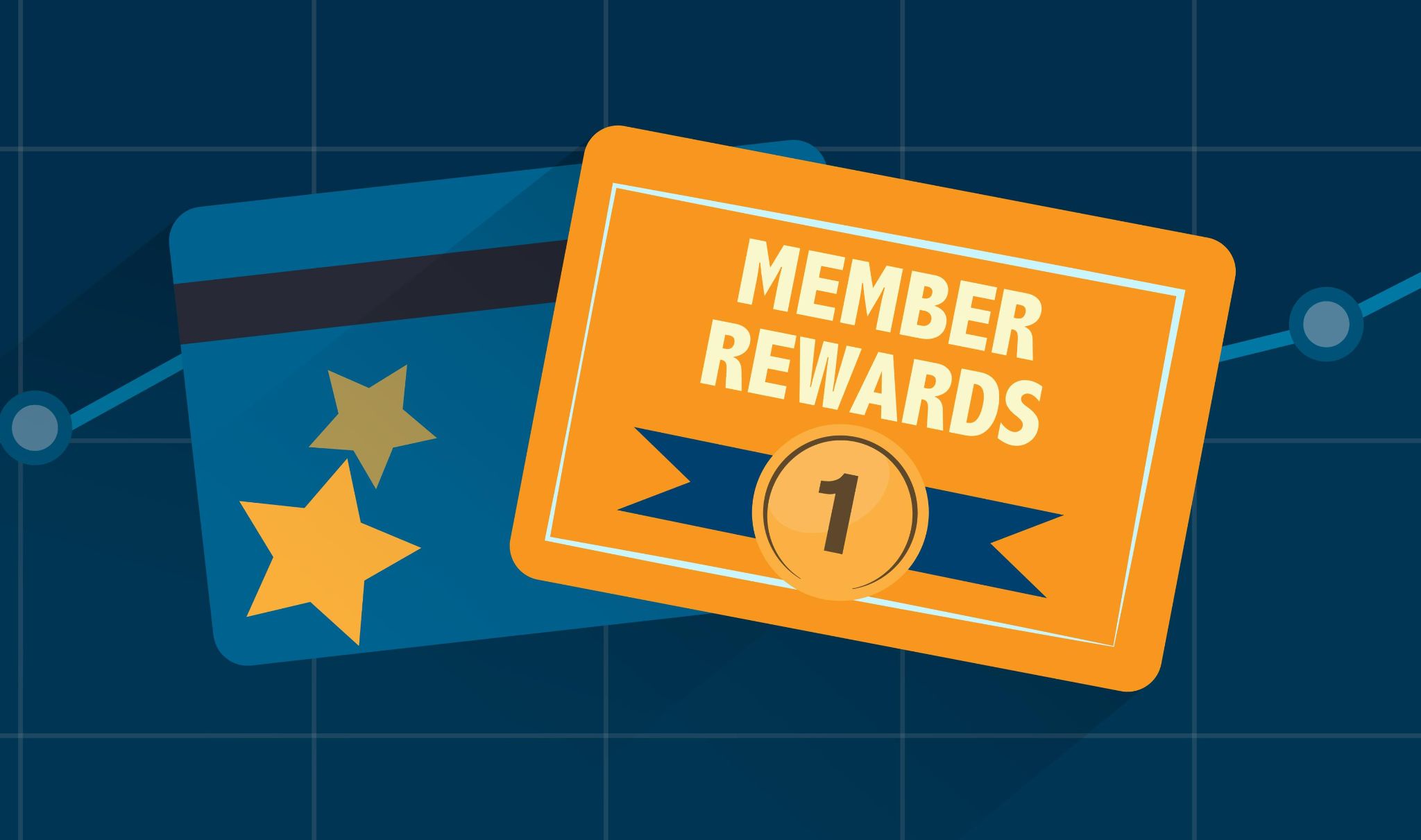What is Peer to Peer Marketing (P2P)
Peer to peer marketing is the idea that you can help drive your sales by leveraging the power of social media. This is accomplished primarily through influencer marketing campaigns, which are when brands and companies use influential individuals to spread their message with a large following on various platforms such as Facebook, Instagram, YouTube, or Twitter.
It has been proven time and again that people trust the opinion of their peers, so it only makes sense to use peer reviews and testimonials when trying to reach a customer.
Peer marketing is an option for companies who are looking at ways to cut down on costs without sacrificing quality or the consumer experience.

(Image Source: WittySparks)
3 High-Level Tips for Peer to Peer Marketing
Need some effective tips to start your peer to peer marketing journey? Here are some P2P network marketing tips and tricks you can use:
1. Differentiate your products from your competition
What motivates a consumer to purchase varies depending on their firmographics/demographics. A mid-twenties single professional will have different career goals and behaviors than a married forty-something professional.
So, a strategy that’s too broad would not capture the interest of both decision-makers — a tailored, specific strategy would need to be created that more accurately understands the needs of the individual group, with content that is more desirable for each group.
Peer to peer sales marketing would create that first step to differentiation — after all, we trust the opinions of our friends.
This can also be true of many different scenarios. The amount of time someone has been in the position (decision-makers that have just taken a role typically spend more money earlier in their career than later).
2. Engage your customers post-sale
You can ask them to sign up for your newsletter or become a part of the product launch.
Another key point is that employees are also influencers — it’s important to engage with them as well.
This includes personalizing incentives, creating special offers/content, and having peer-to-peer marketing campaigns in place (i.e., an employee referral program).
When it comes to peer-to-peer marketing, the possibilities are endless. Leveraging influencers and employees is a great way to engage your customers post-sale.
Lastly, don’t underestimate the power of word of mouth when it comes to business growth — but turn that into something tangible by creating campaigns and incentives for your customers to get the word out.
3. Interact on a personal level with your customers
Create campaigns that are meaningful to them, and your potential customers will be happy too.
I mentioned earlier the importance of personalizing incentives when leveraging peer-to-peer marketing with influencers or employees. It’s important because you can engage their friends by tapping into their network by providing specific discounts just for them.
This means that your influencer or employee will be able to share these offers with the people they know, and a potential customer can see what others are doing on social media too! It’s free marketing – so get started today.
7 Tips to Create a Peer to Peer Content Marketing Strategy
The following tips can help you improve your P2P marketing strategy:
1. Tell your story
The buyer, no matter if they’re a single person or a board of stakeholders, doesn’t want some cold sales pitch. They want to know what your company is about. They don’t just care about the product, they need a reason why they should do business with you.
Not only that, but they want your story – they want to understand how your business fits into their ideal, their business identity, their brand.

(Image Source: Stamats)
2. Humanize your product
People will invest in the things they love. They’re not going to be loyal just because you have a great offer, but if your product is something that connects with them on an emotional level then they’ll purchase it again and again.
The best way to humanize your product is through testimonials.
Find what people love about it and tell them why they should have more of that experience in their life – not simply by purchasing a new item, but also from the perspective of how using this new tool or service will improve their lives.
3. Create empathy for the job
People are more likely to buy from you if they understand what it is like trying to do your job.
“I know how hard this can be, but I’m here for you.”
Don’t push sales – emphasize results!
Telling people the benefits of a product doesn’t always work and in fact, it often has the opposite effect: when people are told what a product will do for them, they’re already imagining how it might not work.
Instead of telling your prospects the benefits of a service or product, focus on the results that others have attained and show proof with before-and-after photos and videos.”
The best way to increase conversions is by showing customers that you understand them, building empathy for their struggles and the benefits that they could have by using your service or product. By focusing on results rather than telling people what to do, you’ll be more likely to convert prospects into customers.
4. Establish a cause
Establish one that customers believe in and want to be a part of.
This is one way to increase conversions with peer-to-peer marketing.”
“When you establish a cause with your customers – when people don’t just buy from you but also support what you’re doing – it creates an emotional connection,” says Jesse Peters, author of The Art of Social Media and founder of the consultancy firm Social. “This emotional connection is what will make your business succeed, not necessarily just how well you perform on social media.”
“At this point in history it’s more important than ever to focus on creating a cause that resonates with people,” says Peters.
5. Measure what matters
Measure what matters in P-to-P marketing by using metrics such as the number of shares or likes and comments on a post, the total amount raised for different causes, etc.
While it’s important to measure some things like revenue generated from donations made through peer to peer advertising campaigns, you’ll also want to track how many new people you’ve reached with your cause and how many supporters you have.

(Image Source: WSI)
6. Be specific with what you ask for
When you ask for something specific like a donation or to sign up for your service, be sure that the request is clear and concise.
If your audience doesn’t know what you’re asking them for then it’s much harder to achieve your P2P goals.
7. Be yourself
Don’t try to come across as something you’re not just because it’s your nature.
It’s important to maintain honesty in what you do especially with social media. This will help foster trust and good relationships between yourself and the people who follow or even share your posts.
In peer to peer selling, you have to be authentic to build a rapport with your customers.
How to Build a Peer to Peer Marketing Strategy in 6 Steps
Knowing where to start in the peer to peer market can be confusing. Here are 6 steps you can follow to ensure you’re reaching the right audience in peer to peer business network:
Step 1: Find your niche
Start by deciding what niche you would like to work in. It could be a cause, hobby, or profession that is relevant and will interest others.
Here are some ways in determining your target audience:
Develop a full understanding of your business
When you really understand your business, you can better identify with your target audience. You’ll be able to answer:
- What is the problem/need that my product or service solves?
- Who are my customers, and who should I market to for them to purchase what I’m selling?
- How will they make use of this product or service, and how will this benefit them?
- What is the potential size of my market?
- How does competition affect me, and how can I differentiate myself from it?
You’ll also be able to better answer:
- Who are my customers, where do they live, what age range do they fall in, what gender identities might they have, what interests do they have, what are their educational backgrounds?
- What is the best way to reach them with my product or service, and how can I provide a better experience for them when they are engaging with my company’s marketing messages?
- How will these customers be able to use this type of content to make more informed decisions about this product or service?
Identify problems your product or service can solve
Finding out your target audience’s pain points is a good way to get started on your marketing strategy. These are often the things that motivate someone to buy from you or choose your company over another one even if they’re not aware of it themselves.
Determine how those problems can be solved with the use of product or service
If there’s no clear solution, identify what would be the desired outcome and ask how a customer’s life would be different if they solved this problem.
Research your competition
It’s important to know the strengths and weaknesses of your competitors, as well as their core customers. This way you can tailor your marketing strategy to set yourself apart from them while still satisfying their needs.
Step 2: Create an ideal influencer profile
Once you know who your competitor’s customers are, it’s time to find influencers that would fit them well.
You can do this with tools like BuzzSumo Audience and Followerwonk.
You want someone with a following that aligns well with your brand’s target demographic. This can be done by looking at who they are mentioning on their social media platform, where you will also discover any of the competitor brands they mention and how often this happens with other brands they mention.
If the influencer mentions a competitor too often, it may be better to look for one who doesn’t mention them at all or does so only occasionally – this can help avoid back-linking and duplicate content issues.
Do not use the same tactic for every group of people; each one should have its own unique marketing campaign tailored just for them.
Here are some tips in finding the right influencer your brand can work with:
- Look for influencers with the same interests as your customer
- Look for influencers who actively post updates that are relevant to your industry
- Look for influencers with a large following to amplify your message
The key is to find a P2P lead who aligns closely with the beliefs and interests of your customers.
When this happens, you’ll see more engagement from them through likes, shares, comments, and other types of social media interactions!
If you need help looking for a new influencer, LeadFuze can help you.
It’s the easiest and most affordable way to find influencers that will promote your product or service. It has over 3,000 influencers in its database who are waiting for your request. You can search by location, category of interest, or even keyword! It’s never been easier to find the perfect person for your campaign.
The best part about using an influencer is that they already have followers so it’s easy to reach new people with their help. They also know how to engage with their audience which means more likes and shares on posts – all without any extra work from you! And if you don’t want them promoting just one post but rather multiple posts over time then we offer monthly packages at a discounted rate too!

Create an account with LeadFuze today!
Step 3: Pursue partnership with potential influencers
Pursue partnership with potential influencers by reaching out directly via email or phone call to see if they would be interested in collaborating on the campaign.
Just ask them if they would be interested in partnering up with your brand for this project.
This can lead to a prosperous partnership, which will result in increased awareness and higher conversion rates!
To ensure they’d say yes, you can do the following:
Reach out to them directly
79% of social influencers prefer brands to reach out to them directly rather than through their agent.
Often when brands reach out directly it’s seen as more genuine and less spammy than going through an agent or social media platform like Instagram Direct Message (DM).
You can even increase your chances if you have a personal connection with them.
For example, if they’re from your hometown or went to the same school as you, there’s more of a chance that they will be receptive and willing to work together on an engagement campaign for your brand.
Conduct thorough research
This is the most important step, and it’s typically overlooked.
Before you reach out to any influencers, thoroughly research them by reading their blog posts, scouring social media channels for mentions of your brand or competitors, and checking out reviews they’ve received from other brands they’ve collaborated with in the past.
You can also check how many followers they have and how many people they follow to get a sense of their social media clout.
Step 4: Create an exclusive online community
If you’re looking for a way to build an engaged audience and target influencers who have the potential of sharing your content, consider creating an exclusive online community. Exclusive communities are smaller, but they can be very powerful because members feel like there’s something special about them that makes them more valuable than other audiences.
To create an exclusive online community, you’ll need to create a closed group on Facebook or LinkedIn that limits membership.
First, find your niche by looking for conversation topics and influencers in the industry who may be interested in joining your community.
For example, if you’re selling pet food then you might want to search hashtags related to pet food and influencers in that industry.
Then create a private group on Facebook or LinkedIn for those people to join by providing an invitation link. The people who want to be part of your exclusive community will have access only via the invite, so make sure you offer enough value upfront so they’ll want to get inside!
Once you have a few members in the community, you’ll want to start by introducing yourself and your company.
Share how you’re building an exclusive online community for people like them so they can connect with other influencers who “get” what it’s like to be part of this industry and offer valuable advice that only comes from someone who truly understands their life, work, and business.
Include a link to your website so they can learn more about what you offer.
The key is to make it feel like an exclusive club for people who are in the industry (and those wanting to be). Once you have some members, set up regular check-ins with them – say once every two weeks.
This will help you stay in touch and continue to learn about the challenges they face so that you can offer advice that’s both personalized and tailored for their specific situation.

(Image Source: HubSpot Blog)
Step 5: Provide rewards
This is a good time to offer your members something that will make them feel special, like access to exclusive content or discounts on products they mentioned liking in one of their social posts.
The key here is not just giving out freebies but showing you care about the person as well as what they have to offer.
This is a great idea for those in the pet industry, as they could provide free food samples or discounts on items that customers mention liking via social media.
Only give out rewards when you know it will be beneficial to both parties – not just because someone liked your post.
Step 6: Turn your buyers into brand evangelists
People who are interested in your brand will be far more likely to buy from you when they know that others have had a good experience.
To turn your buyers into brand evangelists, you should do the following:
Provide great customer service
It’s important to remember that anyone can be an influencer and if you provide them a positive experience they will become a brand advocate in their own right. Even if someone doesn’t have a large following, it can happen organically. It’s also important to be reliable and respond quickly.
Reward customers for providing feedback
The worst thing you can do is ignore feedback from your customers – the internet has given us all an opportunity to reach millions of people instantly who may not know about our product or services.
Reward loyal customers with special deals
Customer retention is the most important goal of any business – it’s worth spending a little money to reward customers for their loyalty and keep them coming back.
If you’re struggling to convert your visitors into buyers, some simple tweaks can help improve conversions on your website and increase engagement with customers.

(Image Source: TechnologyAdvice)
Share customer stories feedback with the whole team
Making the time to gather feedback and use it to improve your business is worth investing in, as improved conversion rates will help generate more revenue for your company.
How to Use Peer Marketing with Account-Based Marketing
Account-based marketing (ABM) is a strategy for reaching qualified prospects and customers. The basic idea of ABM is to identify the most important accounts in your key markets, then target them with tailored messages that speak to their needs and interests.
Peer marketing can be used as an effective tactic within account-based marketing strategies because it’s highly effective at creating a sense of community and peer-to-peer engagement.
The benefits of using this strategy are that it helps your brand stick out from the crowd, which will give you an advantage over competitors who might use marketing tactics such as aggressive ads or spamming people with promotions they don’t want to see.
Conclusion
Overall, peer to peer marketing is a great way to establish a relationship with customers. The goal of any business is customer retention and by using these peer to peer marketing examples and tips, you can increase your conversion rates for more revenue!
Want to help contribute to future articles? Have data-backed and tactical advice to share? I’d love to hear from you!
We have over 60,000 monthly readers that would love to see it! Contact us and let's discuss your ideas!


